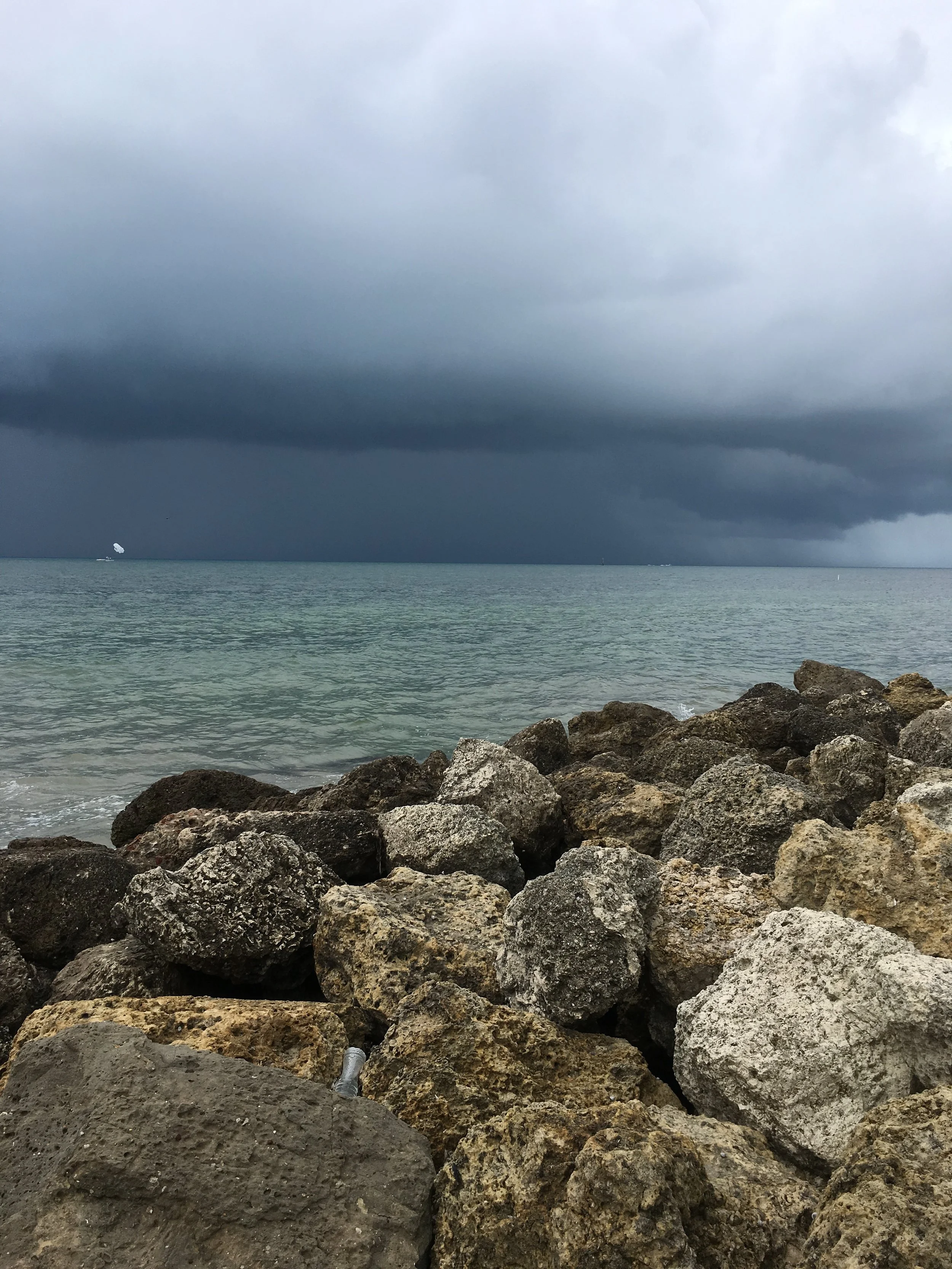Online Learning
I am excited to announce private lessons and a series of small-size classes hosted by free, open-source (and easy-to-use) software BigBlueButton. With the advent of the internet, information is at our fingertips. YouTube, Wikipedia, and other free websites offer what used to require a lecture or a library. More recently, videoconferencing has proven to personalize the online educational experience through real-time feedback, interactive spaces (whiteboard, breakout rooms), and screen sharing along with the opportunity to connect individually with teacher and classmates. Sign up here!
PRivate Lessons
In one-on-one tutelage, we will achieve your musical goals in composition, theory, technology, free improvisation, notation/formatting, and so on. I am equipped to teach state-of-the-art music-making software including Ableton Live, Max, and Pd Extended, and am an expert in Finale (also proficient in Dorico). Lessons are $65 for an hour.
Private students are also welcome to the weekly virtual office hours offered to small classes, an open time for free discussion on musical topics.
Small Group Classes
Below you will find the several courses offered. Each course takes a different entry point into music-making, theory, and perception today. Despite my classical training, you’ll find that we cover an eclectic array of music as it pertains to class topics: from rock to hip-hop to Mozart to Catholic liturgy to Stravinsky to Mongolian throat singing to Mumford and Sons. If a group exceeds 15 people, we will divide into two to keep a small class size. Each 12-week course includes two weekly hours of in-class interaction (24 total), a weekly virtual “office hour” for free discussion (12 total), optional assignments graded by the instructor (not multiple choice), and the opportunity to collaborate on and produce a final creative project with some of your classmates. The entire course is $360 ($15 per class). Drop-ins for a class period are accepted for $20 a class (but miss out on all the benefits above!).
Fundamentals of Music
This beginner’s course explores rhythm, meter, melody, scales, intervals, expressive markings, musical color, and basic harmony through hands-on learning. Students will translate the music they hear in their minds into music notation so that they can remember how to play/sing their musical ideas and share them with other performers. The course culminates in a composition project with instructor feedback and classmate collaboration.
Planned Future Courses
Music and TEchnology
The most drastic change to the musical experience in the past century came through the advent of electronic technology. Students will learn audio effects, production techniques, and professional practices that have become standard since the first Edison wax cylinders. The course also questions many assumptions taught in the music theory classroom, such as: Is music notation reliable to analyze all music? If anything can be recorded and sampled, disregarding any sense of harmony, then what makes good music? What does the live concert offer that an online concert stream cannot? What is the future of music based on upcoming technological advancements? Students will produce a final musical project on the software of their choice, with instructor feedback and classmate input.
Orchestration Techniques
Whether you want to write for MIDI orchestra for your next film score or hope to write music for a variety of instruments (in combinations from a duo to an orchestra), you’ll want to take advantage of the acoustical properties that make music a transcendent experience. Students will learn how to write for orchestral and other instruments and develop the ability to thoroughly learn an instrument foreign to them. They will gain the vocabulary used in orchestral parlance as they consider how instruments can come together in different textures and how color punctuates musical style. While most of this course deals with music written for orchestral instruments, every composer and songwriter deals with the practical issues of orchestration, including balance, style, noise vs. pure tone, registral space, and texture vs. gesture-oriented attention. Students will write a final musical project for multiple instruments (up to full orchestra or band), with instructor feedback and classmate input.

